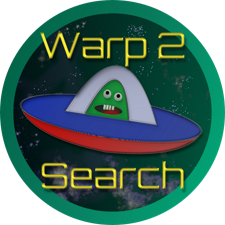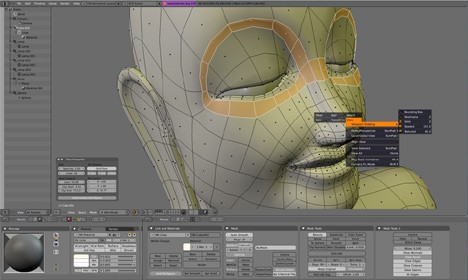Blender 4.4.2 and version 2.80 have been released, showcasing the continuous evolution of this free and open-source 3D animation suite. Blender caters to the complete 3D production pipeline, encompassing tasks such as modeling, rigging, animation, simulation, rendering, compositing, motion tracking, video editing, and even game development.
The software is particularly advantageous for advanced users who leverage Blender’s API for Python scripting, allowing for customization and the creation of specialized tools that are often integrated into future updates of the software. This functionality makes Blender an ideal choice for individuals and small studios, providing a unified pipeline and a responsive development process that adapts to user needs.
Blender operates seamlessly across various platforms, including Linux, Windows, and Macintosh, ensuring a consistent experience through its OpenGL-based interface. The development team regularly tests and maintains a list of supported platforms to guarantee compatibility.
As a community-driven initiative governed by the GNU General Public License (GPL), Blender encourages public contributions, resulting in new features, quick bug fixes, and enhanced usability over time. While Blender is free to use, users are invited to invest in its development and participate in its growth, reinforcing its status as a powerful collaborative tool in the 3D software landscape.
In summary, Blender remains a dynamic and versatile application that not only empowers creators with its extensive features but also thrives on community involvement, making it a leading choice for 3D artists and developers alike. As Blender continues to advance, users can look forward to more innovative tools and enhancements in future releases, ensuring it remains at the forefront of 3D animation and design
The software is particularly advantageous for advanced users who leverage Blender’s API for Python scripting, allowing for customization and the creation of specialized tools that are often integrated into future updates of the software. This functionality makes Blender an ideal choice for individuals and small studios, providing a unified pipeline and a responsive development process that adapts to user needs.
Blender operates seamlessly across various platforms, including Linux, Windows, and Macintosh, ensuring a consistent experience through its OpenGL-based interface. The development team regularly tests and maintains a list of supported platforms to guarantee compatibility.
As a community-driven initiative governed by the GNU General Public License (GPL), Blender encourages public contributions, resulting in new features, quick bug fixes, and enhanced usability over time. While Blender is free to use, users are invited to invest in its development and participate in its growth, reinforcing its status as a powerful collaborative tool in the 3D software landscape.
In summary, Blender remains a dynamic and versatile application that not only empowers creators with its extensive features but also thrives on community involvement, making it a leading choice for 3D artists and developers alike. As Blender continues to advance, users can look forward to more innovative tools and enhancements in future releases, ensuring it remains at the forefront of 3D animation and design
Blender 4.4.2 / 2.80 released
Blender is a free and Open Source 3D animation suite that supports the entirety of the 3D pipeline—modeling, rigging, animation, simulation, rendering, compositing, motion tracking, even video editing, and game creation.


